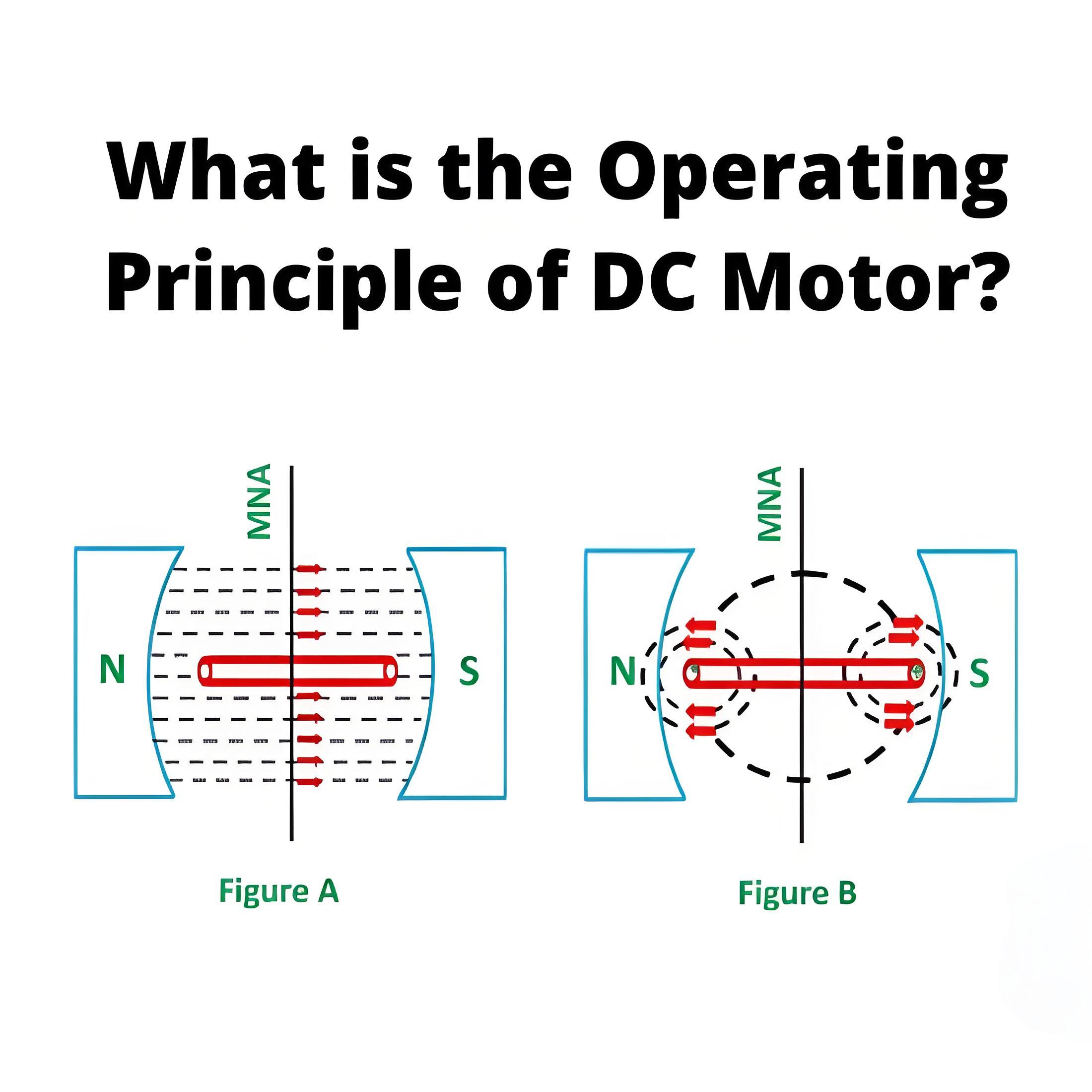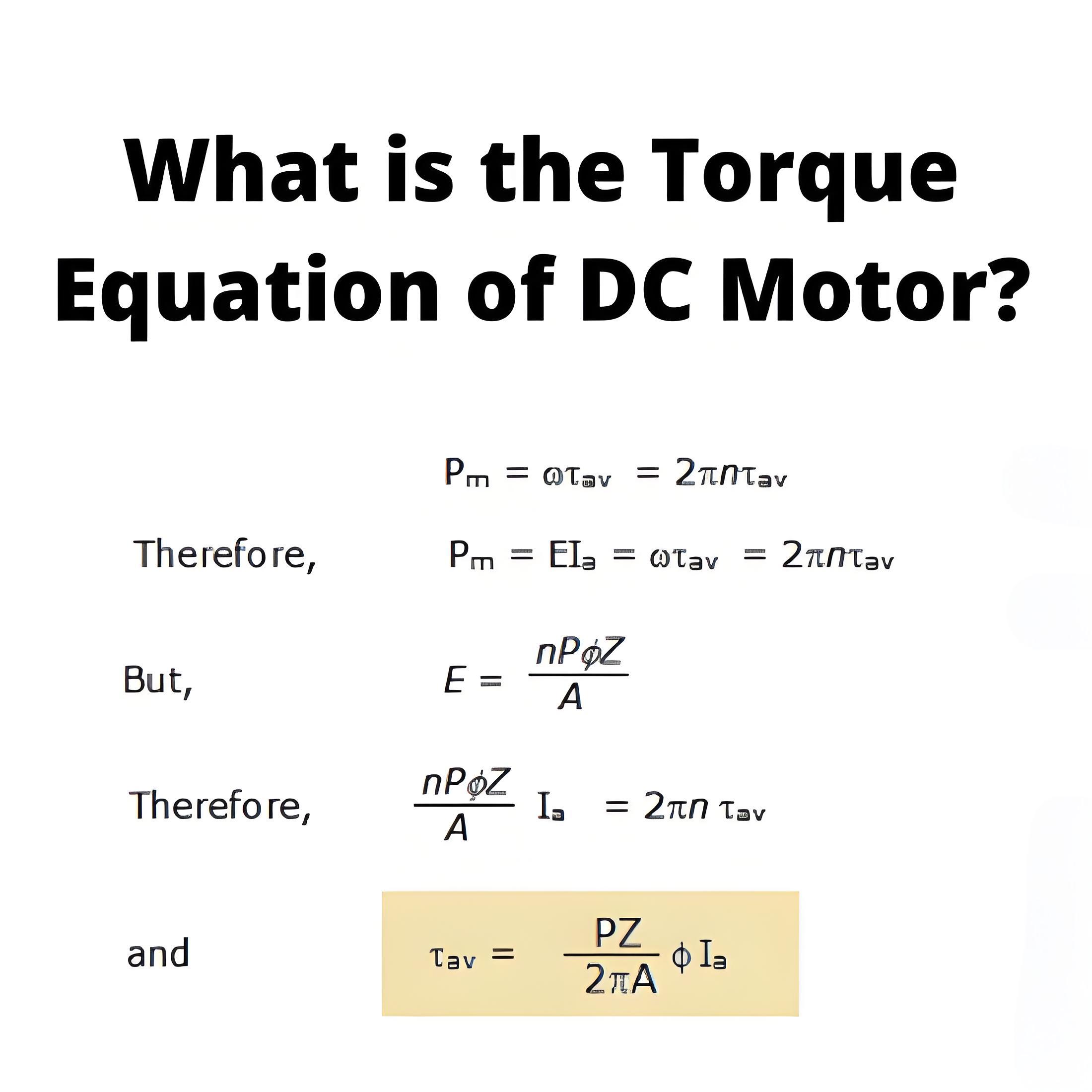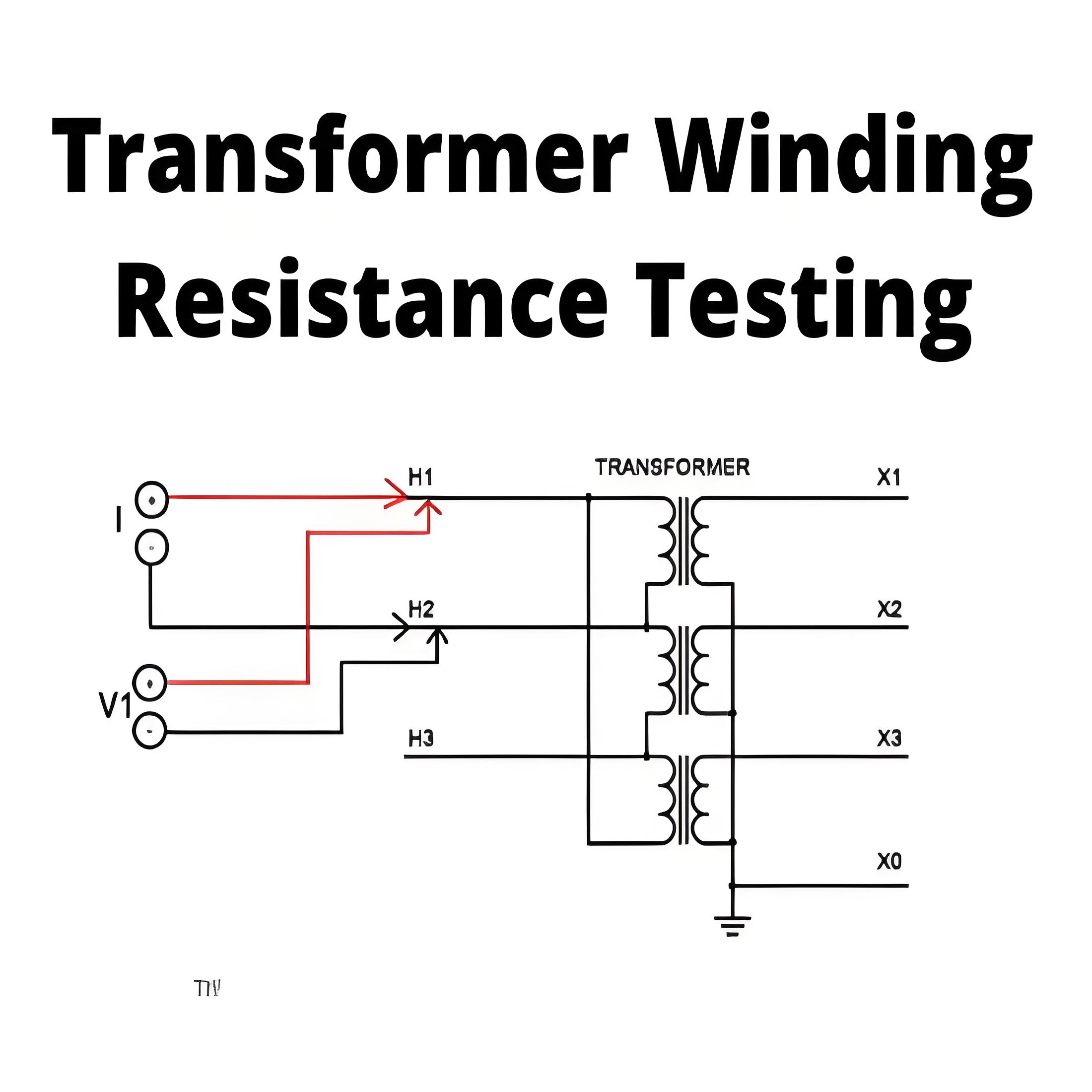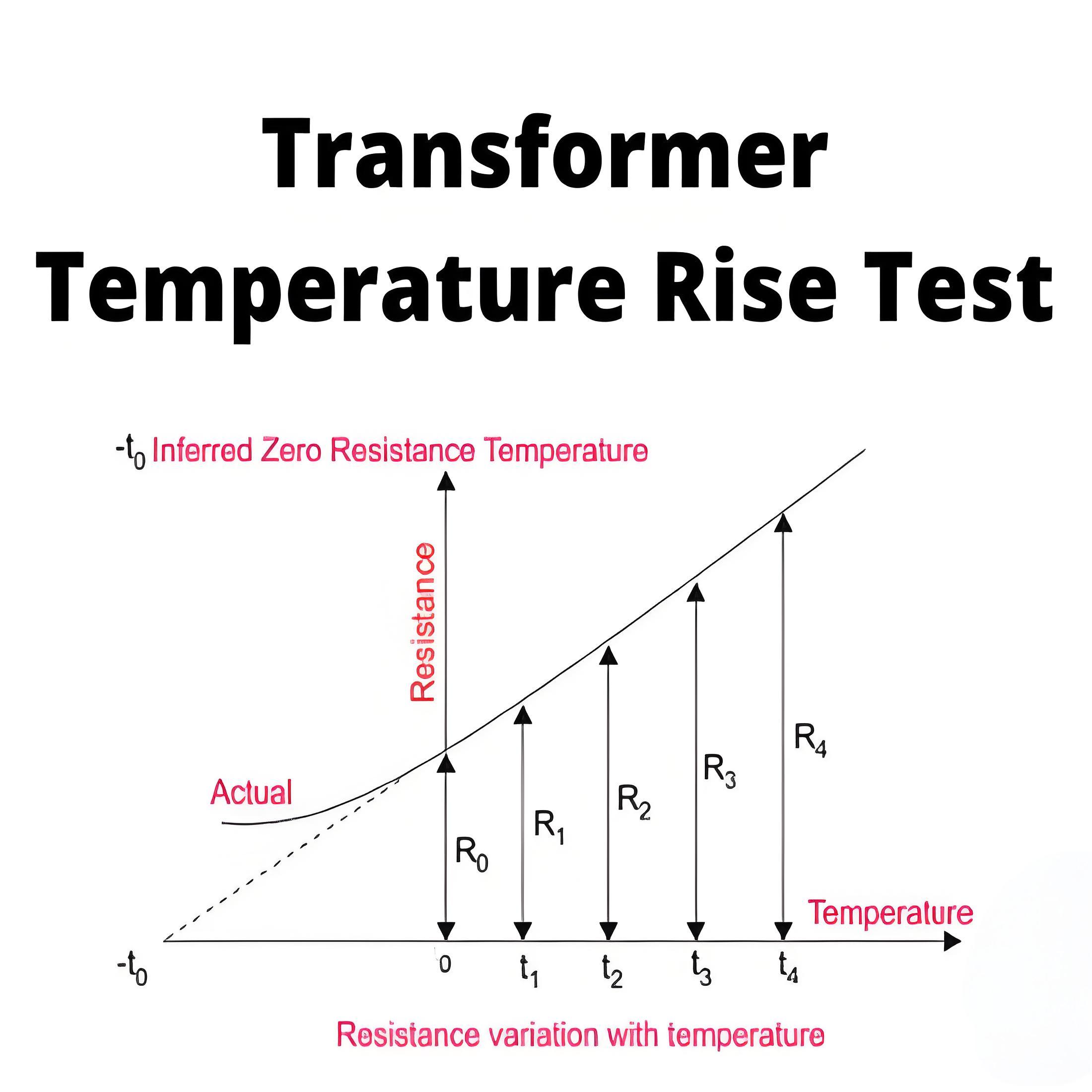What is a Synchronous Motor Drive?
What is a Synchronous Motor Drive?
Synchronous Motor Overview
Synchronous motors are not self-starting, which presents a unique challenge. To understand their starting methods, it’s essential to briefly know about the types of supply and the components of the motor, specifically the rotor and the stator.
The stator of synchronous motors are similar to that of an induction motors but the only difference lies in the rotor, the rotor of the synchronous motors are given DC supply.
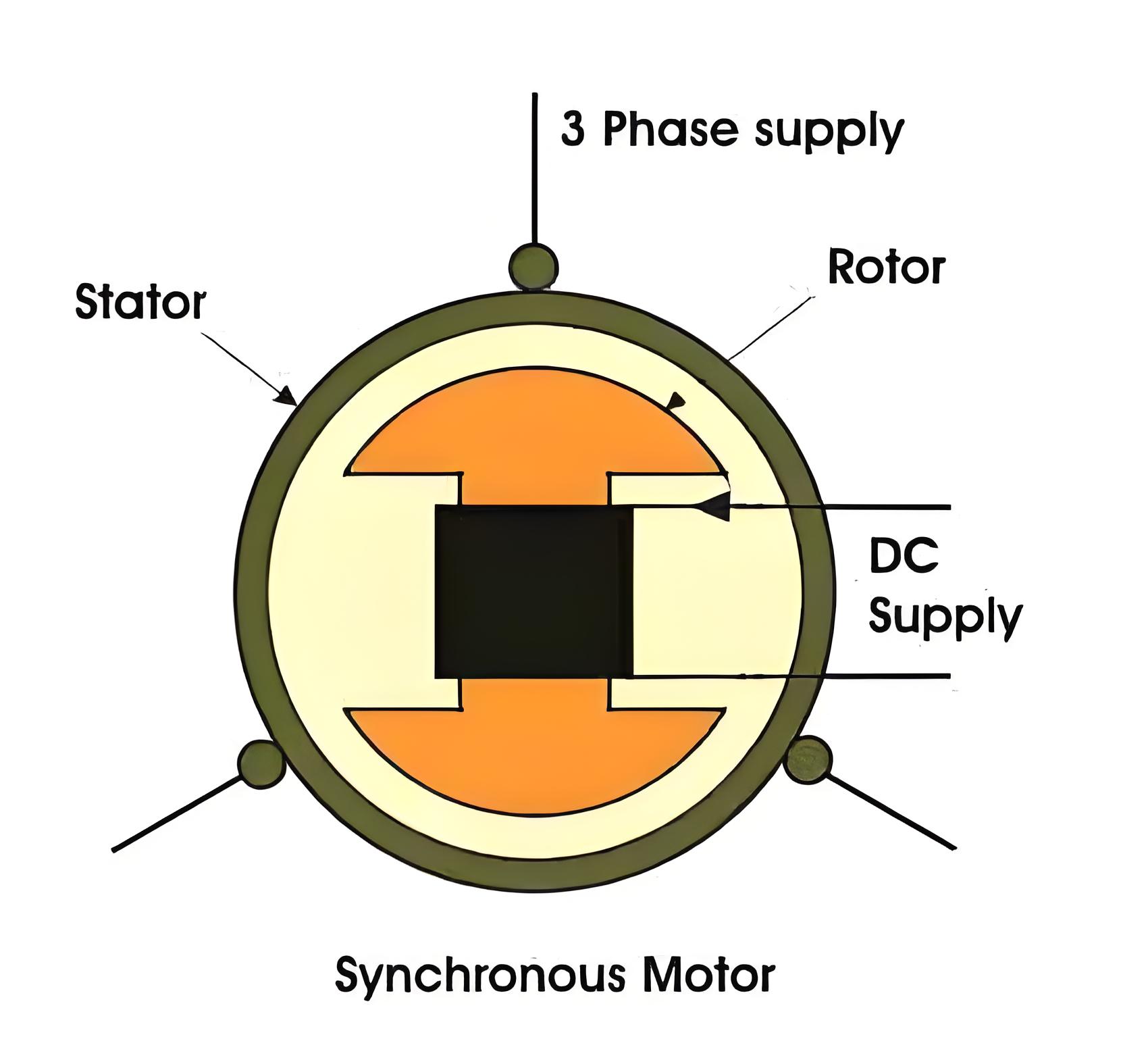
Before exploring how synchronous motors are started, it’s crucial to understand why they aren’t self-starting. When a three-phase supply energizes the stator, it generates a rotating magnetic flux at synchronous speed. If the rotor, supplied with DC power, acts as a magnet with two salient poles, it struggles to align and rotate with this rapidly moving field.
The rotor, being stationary initially, cannot match the synchronous speed of the magnetic field. It remains stuck due to rapid movement of opposite poles, leading to locking—this explains why synchronous motors don’t start on their own. To start, they initially operate like induction motors without a DC supply to the rotor, until it achieves enough speed to engage, or pull in, which will be detailed further.
Another method of starting the synchronous motor drives is by external motor. In this method the rotor of the synchronous motor is rotated by an external motor and when the speed of the rotor reaches near synchronous speed, the DC-field is switched on and pull in takes place. In this method, the starting torque is very low and it is not very popular method also.
Starting Process
Synchronous motors are not self-starting; they initially operate like induction motors or use an external motor to reach near synchronous speeds before activating the DC field.
Synchronous Motor Working Principle
The working principle involves a DC-powered rotor creating a magnetic field that synchronizes with the stator’s rotating field to achieve synchronous speed.
Braking of Synchronous Motors
hree common types of braking are regenerative, dynamic braking, and plugging. However, only dynamic braking is suitable for synchronous motors—plugging current is theoretical but not practical due to its potential for causing severe disturbances. During dynamic braking, the motor is disconnected from its power supply and connected to a three-phase resistor, transforming it into a synchronous generator that dissipates energy safely through the resistors.
Pull-In Technique
Proper timing of the DC field activation is crucial for minimizing speed difference and ensuring smooth acceleration to synchronous speed.
Welcome to our electricity community! Established to facilitate the exchange and cooperation in the electricity industry and bridge professionals, enthusiasts, and related enterprises.


